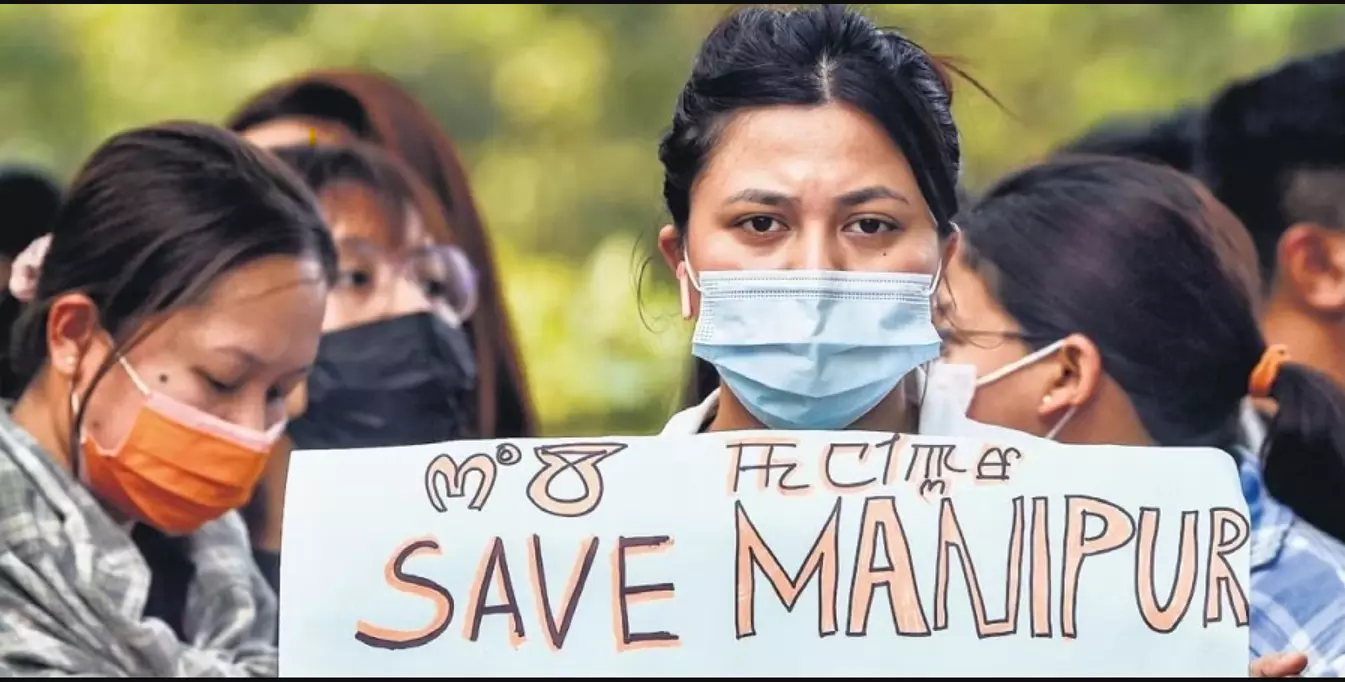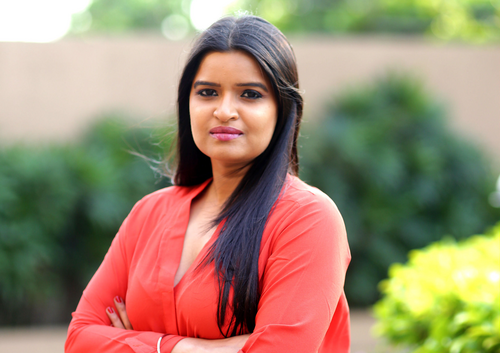Manipur: A state in crisis
Ethnic clashes and uncontrolled violence must stop in Manipur and make way for peace and dialogue

I’m often asked how I pick my topic for the week. What piques my interest, which subject supersedes another, what am I writing about next? Well, I write on issues that need greater awareness; some matters are close to my heart, while others are unmissable happenings that impact the nation and our society. In May, I had made a passing mention to the reservation-related violence in Manipur, interpolating on the need for reservation, convinced in my mind that law and order would succeed in controlling the violence. It’s been over a month and the plight of the people in the state has only deteriorated further. The death toll is climbing and the riots and skirmishes are proceeding unabated. How can one not write about this?
The violence in Manipur has left over 115 dead, hundreds injured, and countless displaced from their homes. We can’t ignore what’s happening in the north-eastern state or its repercussions on our polity. The conflagration started when the Manipur High Court proposed that the majority group of the Meiteis be given Scheduled Tribe (ST) reservation. Other hill tribes have opposed this for a long time. Their justification being that Meiteis are already demographically and politically strong, and therefore, don’t deserve reservation. Such a move would also eat into the reservation pool of the hill tribal communities. The discord led to violence and the ongoing clashes between the Meiteis and Kukis, as also with the security forces, have been bloody to say the least. The civil strife has caused wide-reaching damage, destruction, displacement, and death. This ethnic violence has also taken on a religious colour — Meiteis are mostly Hindus while Kukis are majorly Christians.
There are over 10,000 security personnel currently stationed in the state that shares its border with Myanmar. There are many unanswered questions on how the situation was allowed to get so out of hand. How is a border state that is always extremely militarised, up in flames? How did the rioters get weapons? The state police claim that over 3,500 arms have been looted in the last month! Has the violence been allowed to escalate? Why is there no President’s rule? Why has the state government not received a slap on the wrist? Why is the central government still quiet? Who ultimately benefits in allowing this pogrom to continue?
As per latest ground reports, over 12,000 people from Manipur have taken refuge in neighbouring Mizoram, which also now requires assistance from the central government to manage the new burden on resources; there are 3,000 Manipuris in relief camps in Mizoram. These domestic refugees also need to return home in the near future, and for that, Manipur must stop burning. The Indian army has said that it has faced unprovoked firing from rioters and that local women activists have helped rioters flee, and are actively blocking the army’s operations.
The violence must stop and pave the way for dialogue that would examine all possible solutions — territorial councils for Manipuri tribes with greater autonomy and power of decision-making, a development programme that ensures that Kuki and Naga tribe-dominated hill areas receive funds equally along with the Meitei majority Imphal valley region for progress. There is also a growing clamour for complete separation and a call for even separate states. There are some lessons to be learnt from the decade-old Gorkhaland movement in Bengal and the agreement for peace and development struck between the Gorkhaland Territorial Administration (GTA) and the state government. But for any of the options to be considered, the violence must first end in Manipur. That may entail a change in political dispensation, transparent consultations and discussions with all stakeholders, and an honest commitment to bringing peace back to the state. Assuage, assure, negotiate — do what needs to be done to heal the state.
The writer is an author and media entrepreneur. Views expressed are personal



